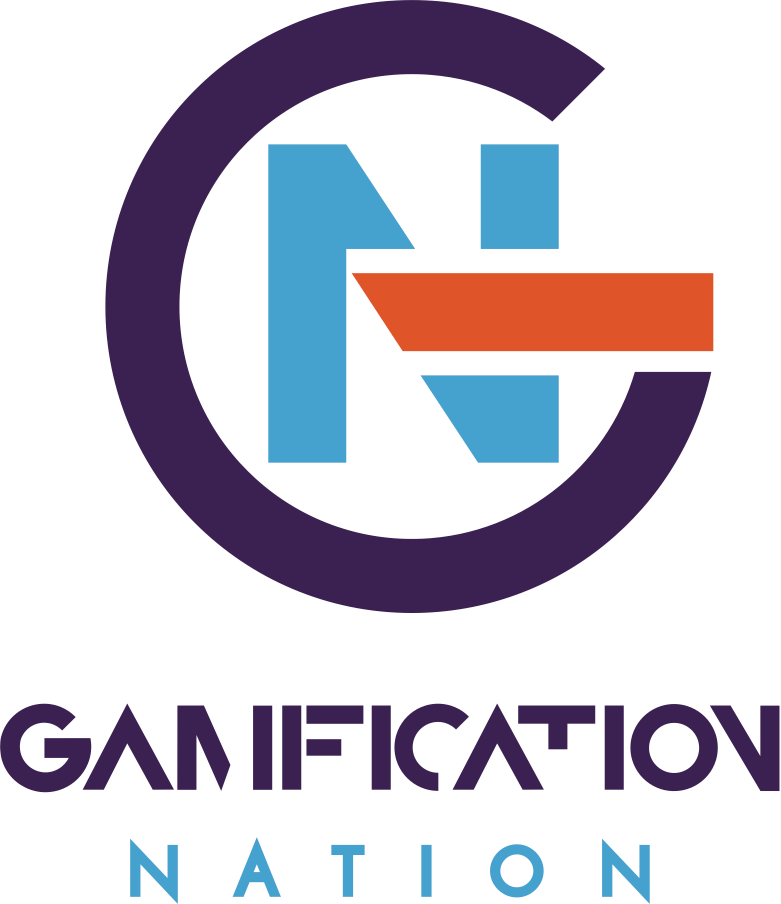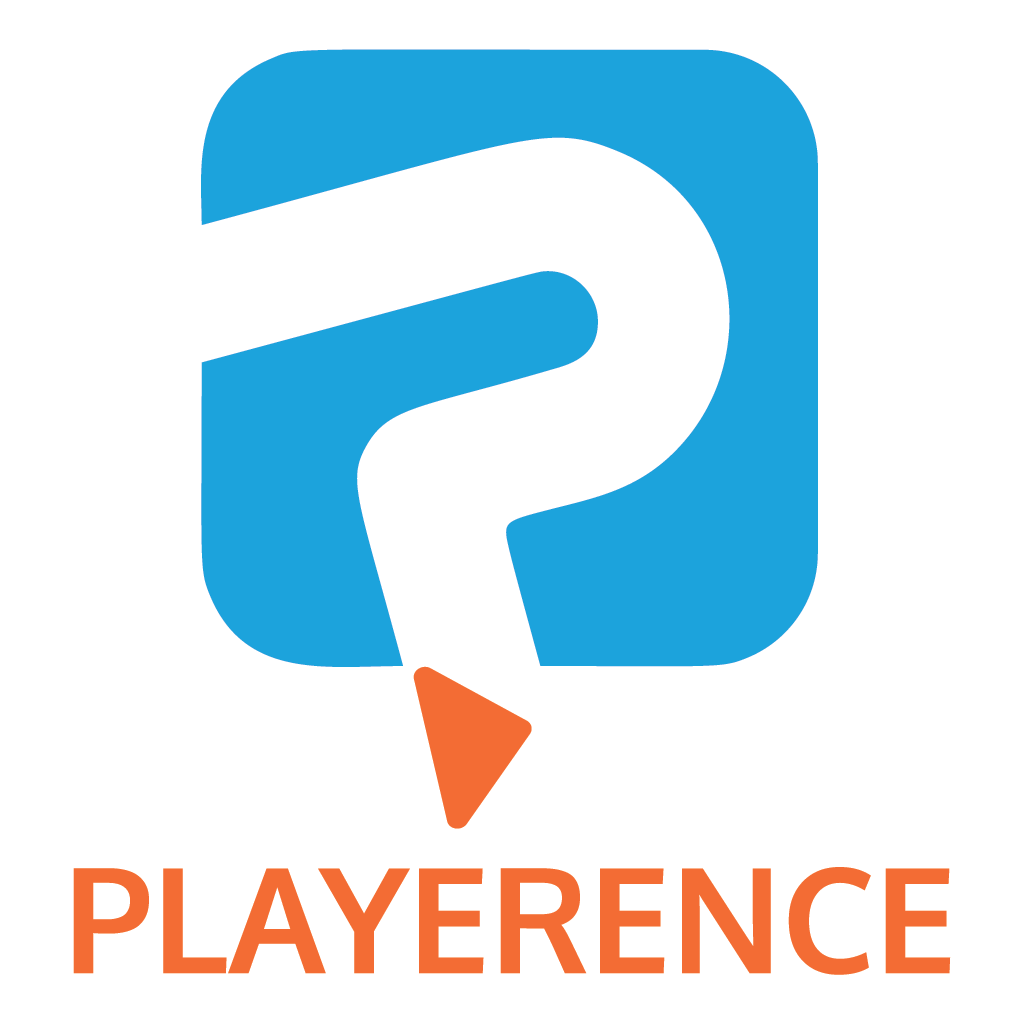In business, teams, relationships matching values is vital for it to work for the long run. In gamification it is no different. Unless you understand the values your target audience decides and behaves on, you will never have a very fulfilling or engaging experience. To me it is common sense and more important than selecting game mechanics from the outset.
Just imagine you are hiring a new member for your team. Your existing team values are around hard work, customer focus and getting the job done. A candidate impressed you in the interview process with their vast knowledge about the industry, so you hire them. In practise you find out their knowledge is largely theoretical, when it comes to work rate they perform a lot slower than your average team members, when it comes to customer focus excuses always pop-up first instead of delivery and persistence. So within a short space of time you realise that you hired a value mis-match. If you don’t take action quickly, the better performing team members will start to ask questions. If you tolerate the behaviour of the mismatched team member, motivation will over time start to drop and others may also drop their standards.
In most organisations it will take a bit of time, but most good managers will address this value mismatch and either the individual not fitting the bill will adapt or leave or made leave.
In gamification design, what I have seen is that competition is introduced through a number of game mechanics, because someone said millennials need this to be stimulated. No research done about the values of those said millennials and often even a majority of employees or customers not in the millennial age bracket. In my view good design starts with company culture and values, target audience values, goals and objectives of your gamification and only then do game mechanics come into it.
So before you start your design, ask the following questions:
- What values are you playing into?
- Do those values represent the majority of your audience?
- What can we do to reinforce the values in the gamification design?
- What game mechanics can elicit these values?




